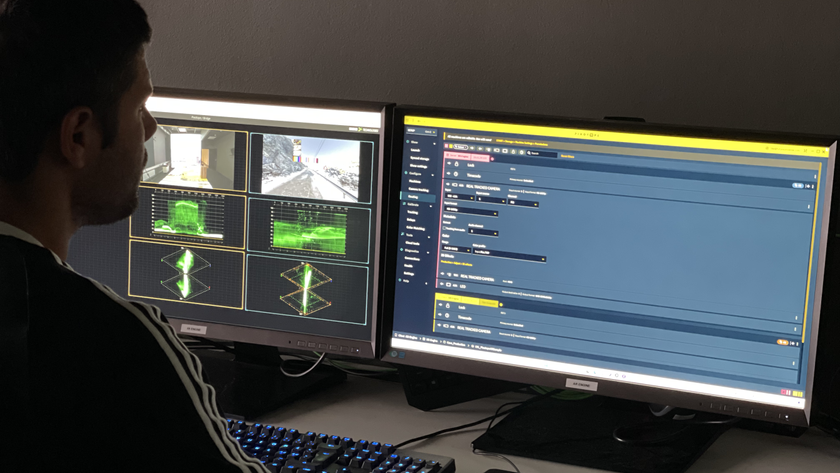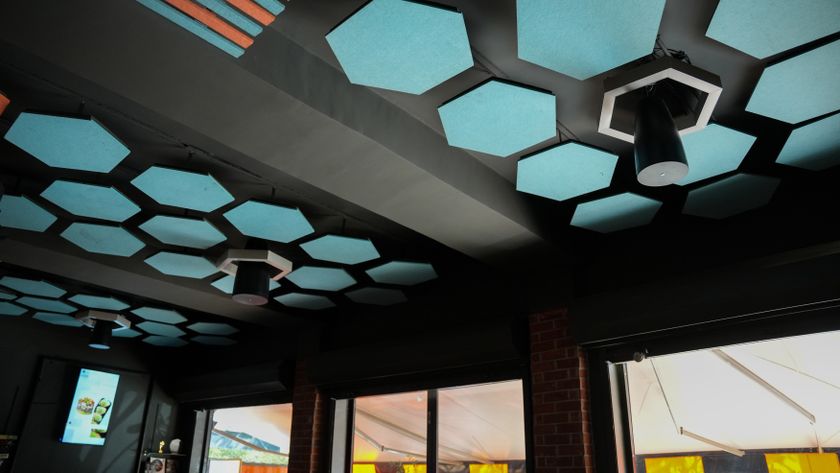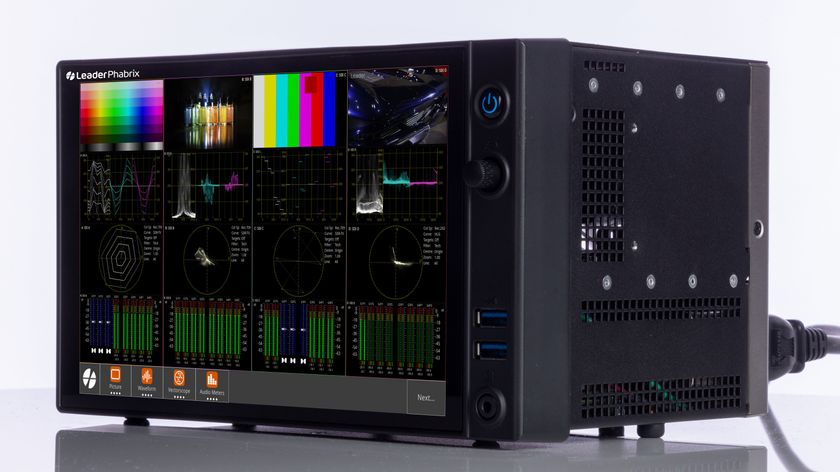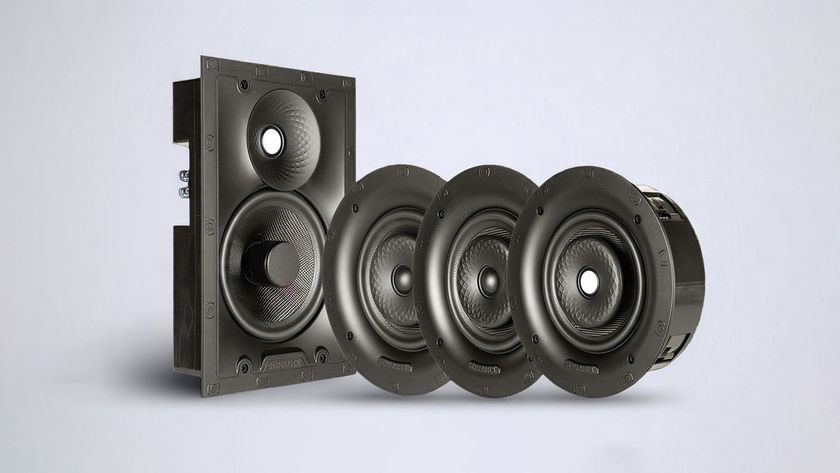It's an all-too-common scenario in government agencies and educational facilities: An official or faculty member is preparing to make a presentation, and when they try to turn the projector on, nothing happens. A harried call to the AV department sends a technician running across campus to fix the problem-an issue that is often so minor that it seems hardly worth the stress and effort.
Until recently, that is how things had to be. Thanks to the inroads being made in networking, however, this is no longer the case. Like many other technological systems, projectors now have the ability to connect to facility-wide networks, enabling engineers and technicians to monitor and support these systems without leaving their offices.
"Network connectivity has really become a necessity for companies or facilities that have a large number of systems, especially if these systems are in different buildings," said Bob Guentner, product manager at NEC Solutions America.
"In most facilities now, there is IP-based connectivity in virtually every room," added Sony's Sander Phipps, product manager, B2B front projectors. "It's very easy now-many of our models have an Ethernet connection built into them-to tie the projectors into an existing network and control those projectors over the network."
Technician Efficiency
Typically, for an organization with projectors in multiple rooms, network control gives one technician the ability to monitor all of the projectors from one location. "That saves a lot of running around and prevents user issues regarding setup," Phipps said.
This capability also enables AV technicians to keep better track of the equipment they are charged with maintaining. "One of the driving forces behind networking projectors is the ability to monitor the projector for errors-say, if a lamp died-proactively," Phipps explained. "In many cases, the projector can tell you if the lamp is almost at its end of life by sending you an e-mail. It's a proactive response to problems rather than a reactive one."
Presenter Advantages
Network connectivity also makes life easier for presenters, particularly for guest speakers. All the presenter needs to know how to do is plug in their laptop; there is no need to train them on projector usage. "By virtue of the fact that the projectors are networked together, someone from a remote location down the hall or across the street can access the projector and send it to the correct input," Phipps said.
Some projectors also allow users to send content over the network. "For example, if I need to make a presentation to somebody who may be at another facility, I can, over the LAN, send the presentation to the projector," Phipps pointed out. "I can present and not necessarily be in the same room, or I can present in that room and not bring my PC because the information will already be there."
As is the case with most technology, the projector market has seen decreasing costs in presentation technology. Because most new AV systems are equipped with IP capabilities, network connectivity is becoming standard. All of Sony's newer installation projectors, for example, feature IP-based control. "It's really not an add-on or an option," said Phipps, "it's what we consider to be standard now."
"Organizations are not spending $1,000 to put a projector into a conference room. They are still spending $4,000 or $5,000 for a good projector that is designed to be installed and integrated with a control system, such as Crestron or AMX," observed Greg Boyd, executive vice president and COO, AVWashington, a systems installation firm based in Sterling, VA. "And you still need a fairly medium to high-level projector in order to have that connectivity."
Easy On The Infrastructure
Still, the cost savings in man hours and maintenance these units can deliver make network-ready projectors an attractive investment for many institutions. "If you can save one lamp change a year per projector, you are talking about $300-$500," explained Phipps. "Most people that are tasked with the in-house AV of a typical building, government or otherwise, will tell you that much of their day is spent running over and showing somebody how to use a projector or switching it to the right input. The ability to monitor everything from one point does result in savings."
More good news: Facilities need not concern themselves with implementing complicated infrastructures. "These systems are capable of running over Ethernet, Cat-5 and RS-232 cables," Guentner said. "Bandwidth isn't really a concern."
As a result, funds can also be saved at the installation level. "From an installation perspective, you can do anything control-wise that you could have done with a serial, RS-232 control," Phipps said. "If the room has a third-party control system-Crestron, AMX or whatever-a lot of these are IP-based as well. Cat-5 cable is much less expensive versus RS-232 cable. For long cable runs, it can save a few hundred dollars per installation as well."
AVWashington...
www.avwashington.com
NEC Solutions America...
www.necsam.com
Sony...www.sony.com/government
University of Illinois-Springfield...
www.uis.edu










